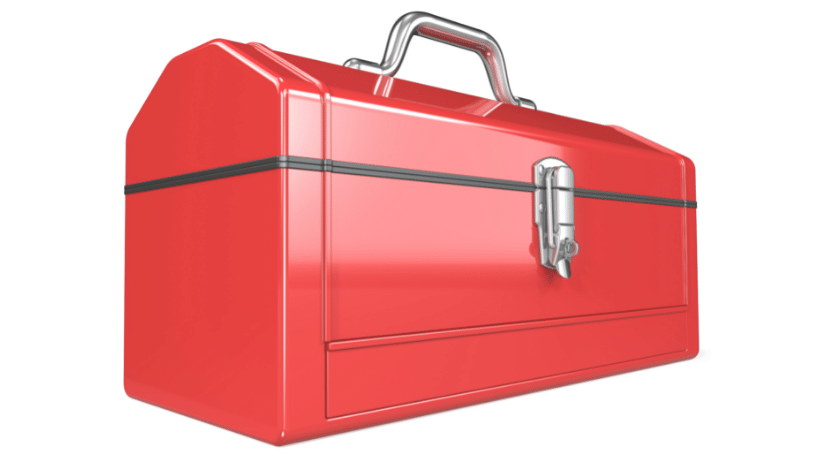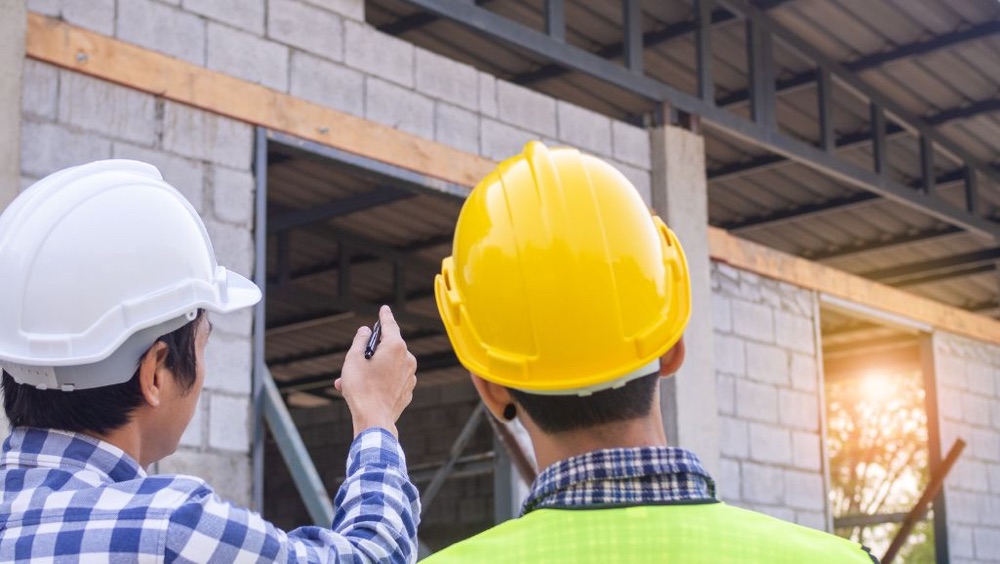
Contractors' tools and equipment are a significant investment and vital for their operations. Contractor insurance provides financial protection against these essential assets' theft, damage, or loss. Without coverage, replacing or repairing expensive equipment could severely impact a contractor's finances.
Insuring High-Value Equipment
Contractors' equipment insurance typically covers various tools, machinery, and equipment used in construction and contracting work. The most expensive of these are mobile equipment and machinery that include:
- Bulldozers
- Excavators
- Backhoes
- Loaders
- Graders
- Forklifts
- Cranes
- Skid steers
- Pavers
- Compressors
Coverage might extend to equipment that is:
- Owned by the contractor
- Rented or leased from others
- Borrowed from others
- Newly purchased (usually with a grace period for reporting)
Replacement Cost vs. Actual Cash Value
Replacement cost and actual cash value are two distinct methods for determining the amount of compensation in contractors' insurance claims. They apply to various types of equipment and property covered under contractors' insurance policies.
Replacement Cost (RC): RC coverage provides compensation for the full cost of repairing or replacing damaged property with new items of similar kind and quality without deducting depreciation. For contractors, this means that if equipment or tools are damaged or stolen, the insurance will pay to replace them with new items of similar quality.
Actual Cash Value (ACV): ACV coverage pays the depreciated value of the damaged or lost property at the time of the loss. The insurance payout will be based on the current market value of the equipment, considering its age, wear and tear, and depreciation. The compensation will typically be lower than replacement cost coverage.
RC typically provides higher payouts than ACV, but due to the more comprehensive coverage, RC policies usually have higher premiums than ACV policies. On the other hand, ACV usually results in lower insurance premiums, which may be suitable for older equipment with significant depreciation.
Portable Tools Coverage
Portable tools include power tools (drills, saws, and generators), welding equipment, hand tools, and pumps. The policy might also cover specialized equipment like scaffolding, temporary structures, testing, and surveying equipment. Employee tools, computer equipment on the job site, and spare parts are typically insured.
Contractors’ equipment insurance covers many risks for portable tools and the more expensive equipment and machinery. Here are some of the most common risks:
Physical Damage
- Fire and explosion
- Theft and vandalism
- Accidental damage
- Collision with other equipment or objects
- Overturning of equipment
Natural Disasters
- Flood damage
- Earthquake damage
- Wind and storm damage
- Lightning strikes
Transit-Related Risks
- Damage during transportation between job sites
- Accidents while equipment is in transit
Job Site Risks
- Equipment breakdown
- Damage from falling objects
- Damage caused by inexperienced operators
Additional Coverages
- Debris removal expenses after a covered loss
- Rental reimbursement for temporary replacement equipment
- Coverage for newly acquired equipment (usually with a time limit)
- Limited coverage for employee tools and work clothing
Contact Us Today to Save on Equipment and Tools Coverage for Contractors
Do you have more questions? Contact American Insuring Group for the best rates for contractor insurance for construction firms. As independent brokers, we shop the market to find you the best deal on quality insurance!
Call us today at (610) 775-3848 or click here to start saving!




 Worker's compensation insurance provides essential financial and medical support in the event of workplace injuries or illnesses in Pennsylvania. Given construction work's physically demanding and high-risk nature, this system ensures that construction workers receive appropriate
Worker's compensation insurance provides essential financial and medical support in the event of workplace injuries or illnesses in Pennsylvania. Given construction work's physically demanding and high-risk nature, this system ensures that construction workers receive appropriate 
 For contractors, safeguarding their business against unforeseen risks is a wise and critical decision. General liability insurance is a cornerstone of that protection, shielding contractors against many potential legal and financial pitfalls. From accidental property damage to unforeseen bodily injuries on the job site, liability insurance ensures that contractors can navigate their projects with confidence and security.
For contractors, safeguarding their business against unforeseen risks is a wise and critical decision. General liability insurance is a cornerstone of that protection, shielding contractors against many potential legal and financial pitfalls. From accidental property damage to unforeseen bodily injuries on the job site, liability insurance ensures that contractors can navigate their projects with confidence and security.
 We’ve said it before, but it bears repeating: If you want to lower
We’ve said it before, but it bears repeating: If you want to lower  What would you say if we told you that a task that typically takes ten to fifteen minutes at a minimal cost to you could reduce the number of worksite injuries, improve employee morale, and lower the cost of
What would you say if we told you that a task that typically takes ten to fifteen minutes at a minimal cost to you could reduce the number of worksite injuries, improve employee morale, and lower the cost of  The construction industry is filled with hazards that can result in injuries or death and increase
The construction industry is filled with hazards that can result in injuries or death and increase  In a perfect world, every construction or renovation project would go exactly as planned with the expected results. Unfortunately, that rarely happens. Sometimes, design plans are flawed, work is done incorrectly, or materials are defective, resulting in construction defects that you, as a contractor or subcontractor, may be held liable for.
In a perfect world, every construction or renovation project would go exactly as planned with the expected results. Unfortunately, that rarely happens. Sometimes, design plans are flawed, work is done incorrectly, or materials are defective, resulting in construction defects that you, as a contractor or subcontractor, may be held liable for.



